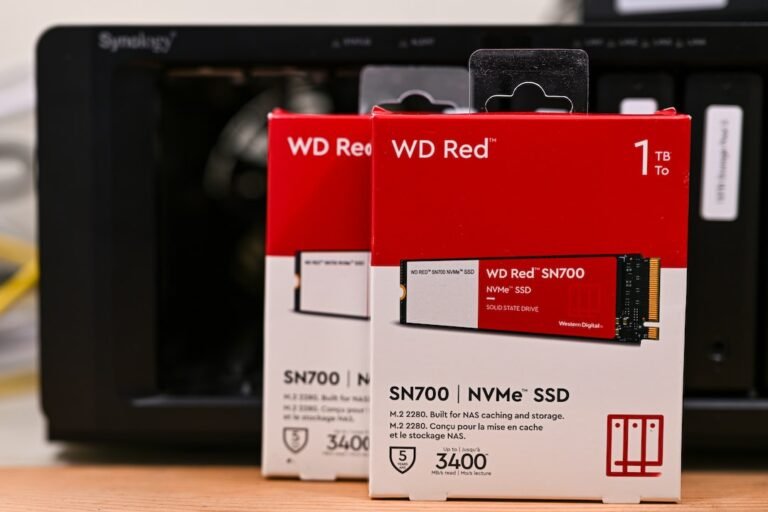Introduction
Is your home network secure? In today’s digital age, where we rely heavily on the internet for work, entertainment, and communication, it’s more important than ever to safeguard our home networks. From protecting our personal data to preventing unauthorized access, implementing best practices for home network security should be a top priority for every homeowner.
In this article, we’ll explore the best practices you can follow to secure your home network effectively. We’ll discuss everything from setting up your network to updating firmware, configuring encryption settings, and more. Let’s dive in and ensure your home network is as secure as possible.
Securing Your Home Network
Password Protection: The First Line of Defense
When it comes to securing your home network, your first line of defense is a strong password. A weak or easily guessable password is like leaving your front door wide open for cybercriminals to walk in.
To create a strong password, follow these guidelines:
- Use a combination of uppercase and lowercase letters, numbers, and special characters.
- Avoid using personal information such as your name, address, or birthdate.
- Opt for longer passwords, ideally at least 12 characters.
- Avoid using the same password for multiple accounts or devices.
Remember, choosing a strong and unique password for your router is crucial, as this is your gateway to your entire home network. So take the time to create a password that is both secure and memorable, and don’t forget to change it periodically for added security.
Regular Firmware Updates: Patching Security Vulnerabilities
Firmware is the software that comes pre-installed on your router, enabling it to perform various functions. Like any software, firmware can have vulnerabilities that hackers can exploit. That’s why it’s essential to keep your router’s firmware up to date.
Manufacturers regularly release firmware updates that fix security flaws, improve performance, and add new features. To ensure your home network’s security, follow these steps:
Check for firmware updates regularly: Visit your router manufacturer’s website or log into your router’s administration panel to see if any new firmware updates are available. Remember, different manufacturers have different methods of updating firmware, so familiarize yourself with your device’s specific process.
Download and install the update: Follow the manufacturer’s instructions to download and install the latest firmware update for your router. This process may vary depending on the make and model of your router.
By keeping your router’s firmware up to date, you minimize the risk of falling victim to known security vulnerabilities that hackers may exploit.
Encryption Settings: Locking Down Your Network
Encryption is a critical component of home network security. Encryption ensures that the information transmitted between your connected devices and your router is scrambled and unreadable to anyone trying to intercept it.
Most modern routers offer different encryption types, with WPA2 (Wi-Fi Protected Access 2) being the most secure option available. When configuring your encryption settings, keep the following in mind:
Choose WPA2 as the encryption type: WPA2 offers robust security and should be your default choice. Avoid using outdated encryption types such as WEP (Wired Equivalent Privacy) or WPA (Wi-Fi Protected Access), as both have known security flaws.
Use a strong encryption passphrase: When setting up your router, you’ll be prompted to enter a passphrase. Similar to creating a strong password, use a combination of uppercase and lowercase letters, numbers, and special characters. Make sure your passphrase is unique and not easily guessable.
By enabling strong encryption on your network, you add an extra layer of security to protect your wireless communications from prying eyes.
Network Segmentation: Isolating Devices for Added Protection
In addition to strong passwords and encryption, another effective strategy to enhance your home network security is network segmentation. This involves grouping your devices into different network segments, keeping them separate from one another.
Why is network segmentation useful? If one of your devices gets compromised, such as a smart home device or a computer infected with malware, network segmentation prevents the attacker from easily accessing or moving laterally to other devices on your network.
To implement network segmentation, you can divide your network into various segments using virtual local area networks (VLANs). By isolating your devices into different VLANs, you can control access between segments and prevent unauthorized communication.
Although network segmentation requires some technical knowledge to set up, it provides an additional layer of protection for your home network, especially if you have many IoT devices.
Enable MAC Address Filtering: Restricting Access
MAC (Media Access Control) addresses are unique identifiers assigned to each network device. Enabling MAC address filtering on your router allows you to restrict access to your network by permitting only specific devices with known MAC addresses to connect.
To enable MAC address filtering, follow these steps:
Make a list of MAC addresses: Identify the MAC addresses of the devices you want to allow access to your network. You can usually find the MAC address printed on the device itself or in its network settings.
Access your router’s administration panel: Log into your router’s administration panel using its IP address and login credentials.
Enable MAC address filtering: Look for the MAC address filtering or access control section in your router’s settings. It may be located under the Wireless or Security tab, depending on your router’s interface.
- Add MAC addresses to the allowed list: Enter the MAC addresses of the devices you want to permit access to your network. Save the changes once you’ve added all the desired MAC addresses.
Enabling MAC address filtering provides an extra layer of security by preventing unauthorized devices from connecting to your network, even if they have the correct password.
Conclusion
Securing your home network is paramount in today’s technology-driven world. By implementing best practices such as using strong passwords, regularly updating firmware, enabling encryption, segmenting your network, and enabling MAC address filtering, you can significantly enhance your home network’s security.
Remember, network security is an ongoing process. Stay vigilant, keep an eye out for firmware updates, and regularly review and update your security settings. By taking proactive measures, you can enjoy the convenience and benefits of a connected home while keeping cyber threats at bay.
FAQ
| Question | Answer |
|---|---|
| How should I set up my home network? | For a detailed guide on setting up your home network, check out our article on home network setup. |
| What should I do if I encounter issues with my router? | If you’re experiencing problems with your router, our router troubleshooting guide can help you diagnose and resolve common issues. |
| Are mesh Wi-Fi systems more secure than traditional routers? | Mesh Wi-Fi systems provide better coverage and allow for seamless roaming, but their security levels are comparable to traditional routers. They still require strong passwords, firmware updates, and encryption configurations to ensure network security. |
| Can I use a gaming router for better home network security? | While gaming routers often prioritize network performance for online gaming, they also offer robust security features. Check out our gaming router buying guide for more details. |
| What are the benefits of using open-source router firmware? | Open-source router firmware such as OpenWrt and DD-WRT provides advanced customization options and potential security improvements. However, it also requires technical expertise to install and maintain. |
Further Reading
| Website | Description |
|---|---|
| Secure Your Network | Norton’s comprehensive guide on securing your wireless network provides tips and best practices to protect your home network from cyber threats. |
| StaySafeOnline | StaySafeOnline, a resource provided by the National Cyber Security Alliance, offers valuable insights and resources on securing your home network effectively. |




